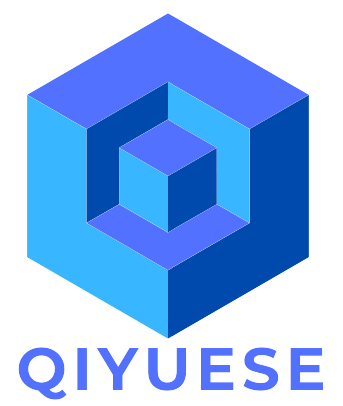Developing effective lesson plans is a vital skill for teachers that can greatly impact the learning experience of students and engagement. No matter if you are a veteran teacher or just beginning your career in the classroom, having a structured method to lesson planning is essential. The correct lesson plan can provide definiteness and guidance, ensuring that both instructors and students know what to look forward to during each session.
In this article, we will examine the ultimate checklist for designing perfect lesson plans. By focusing on key elements such as educational goals, assessment strategies, and materials needed, you can design lessons that not only capture your students’ interest but also foster a valuable learning experience. With this guide in hand, you will be prepared to create lessons that are structured, effective, and pleasurable for everyone involved.
## Comprehending Educational Goals
Defining clear educational goals is a essential aspect of efficient lesson planning. These objectives serve as the foundation for what pupils are intended to learn and achieve by the end of the lesson. Precisely stated objectives direct the instructional process, helping educators to hone their teaching strategies and align them with intended learning outcomes. When pupils understand the objectives, they are more likely to engage actively with the material, as they know what they are aiming for .
It’s critical to ensure that lesson objectives are precise, measurable , attainable , relevant , and deadline-oriented, often referred to as SMART criteria. By crafting objectives that meet these standards , teachers can create a increasingly structured learning experience. For example , stating that learners will be able to evaluate a text rather than simply browsing it provides clarity on the expected level of understanding. This clarity not only aids in assessment but also facilitates in tailoring lessons to meet the different needs of pupils.
Furthermore , involving learners in the process of setting lesson objectives can strengthen their responsibility of learning. When learners contribute to setting the goals for a lesson, they are significantly more prone to feel committed in the outcome. Involving them in a discussion about what they hope to obtain fosters a collaborative classroom environment. Thus, understanding and communicating lesson objectives clearly is a critical step in promoting effective teaching and promoting meaningful learning experiences.
Arranging Your Lesson Plan
A carefully designed lesson plan functions as a guide for both the teacher and the learners. Start by thoroughly outlining your educational goals, which should be clear, measurable, achievable, relevant, and scheduled. These objectives will shape the entire lesson and help you maintain attention to the expected results. Additionally, incorporating key inquiries can ignite curiosity and engagement, leading to an dynamic learning environment.
Next, detail the activities and teaching methods you will utilize throughout the lesson. This can include direct instruction, team tasks, talks, or practical tasks, based on what most effectively addresses your objectives and learners’ requirements. Be certain to include time estimates for each segment of the lesson to ensure your pacing on track. Offering diverse tasks caters to different learning styles and makes students participating.
Finally, consider assessment and reflection. Incorporate check-ins to measure student understanding during the lesson, which can take the form of short tests, exit tickets, or team showcases. After the lesson, think about what functioned effectively and what could be enhanced for future lessons. Soliciting learner feedback can also offer valuable insights into their experiences and learning processes, allowing for continuous improvement in your lesson plans.
Assessment and Responses Techniques
Assessment and feedback are vital components of effective lesson plans. They not only measure student understanding but also aid teachers in tweaking their instruction. Incorporating a variety of evaluation methods, such as formative assessments, exams, and tasks, can provide a comprehensive view of student achievement. It is crucial to ensure these assessments with the educational objectives to confirm that they truthfully reflect what students are expected to know and be able to perform.
Feedback is equally important as it updates students about their advancement and areas needing enhancement. Providing prompt and specific feedback facilitates to motivate students and promotes a growth mindset. Implementing peer assessments can also foster collaboration, as students learn from each other through critique and debate of their work. Utilizing technology, such as online evaluation tools, can support prompt responses and allow for a more interactive educational process.
In conclusion, reflection on both the assessments and feedback is crucial for constant improvement. lessons plans Teachers should routinely examine evaluation results to detect trends and shortcomings in student understanding. Adjusting future lesson plans based on this reflection can enhance the overall educational journey. Engaging students in this review process can enable them to take ownership of their learning and set personal goals for advancement.
